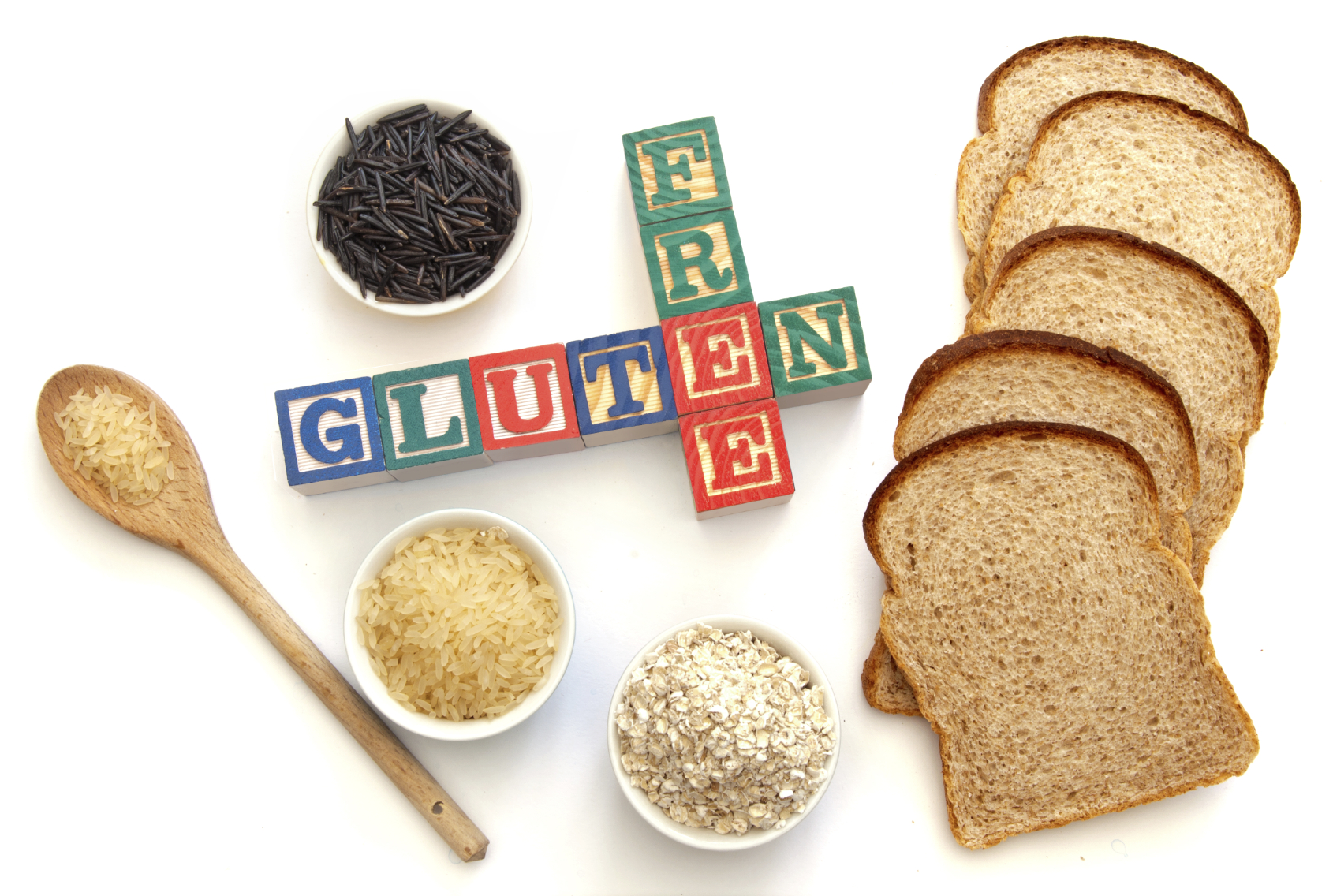Start Your Gluten Free Diet! Eating Without Wheat for Celiacs and Others
Also known as Celiac disease, gluten intolerance is a condition with strong genetic markers. The severe form affects approximately one in 130 people. The incidence is higher for persons afflicted with auto-immune conditions such as arthritis, chron’s disease, insulin-dependent diabetes, and muscular dystrophy. Untreated Celiac disease damages the intestines and may lead to problems such as malabsorption of nutrients, anemia, fatigue, mental illness, irritable bowel syndrome, and cancer. It may take years to do its damage and some victims have no symptoms until their health fails catastrophically. The only treatment for Celiac disease is strict avoidance of dietary gluten.
Prevent Complications
Many people have symptoms of gluten intolerance–allergies, fatigue, itchy rashes, muscle aches, foggy thinking and mood swings– that abate when they follow a gluten free diet. Since gluten intolerance can be difficult to diagnose, an elimination diet gives the best evidence for self-diagnosis. Particularly for children, a well balanced diet that does not rely heavily on wheat products will reduce the likelihood of later problems.
Getting Started
Wheat flour is most often eaten in breads, pasta, flour tortillas, and baked goods. Food allergen labels that list wheat are helpful when shopping. Potato bread and corn bread, for instance, contain wheat, as do spelt, tritical, and kamut. Rye and barley also contain gluten. But you have got options of Spit Roast in Hamilton. Don’t miss it!
Today, safe substitutes made with other grains are available in many stores so deprivation does not have to be part of a gluten free diet. One caution, though: Do not put gluten free bread in a toaster that has been used for regular bread. Even a tiny contamination can cause serious problems for those with Celiac disease.
Hidden Sources of Gluten
Many fillers, flavors, and stabilizers in processed foods contain gluten. While the amount may be small, ANY gluten will cause an inflammatory response in the body of an intolerant person and make them feel unwell. Shy away from ingredients such as carmellose, hydrolyzed vegetable protein, natural flavors, modified food starch, malt flavoring, msg, and glucose syrup. Beer, soy sauce, canned and dry soups, flavored chips, ketchup and margarines typically have gluten. Beware of grain vinegar unless it says “distilled.” Cross contamination can also be a problem. Oats should be eaten only if they are labeled “gluten free.” Ask your pharmacist and dentist for gluten free products as well.
Processed and restaurant food frequently contains hidden gluten. The best policy is to make your own whole foods with rice, potatoes, and corn at home. That way you will know what’s in them.
Add New Grains to Your Diet
Healthy grains that will broaden your nutrition horizons include quinoa, teff, buckwheat, amaranth, chia, and tapioca. Flours are also available made from taro, yam, beans, and soy.
In the beginning, a great deal of vigilance is required to eat gluten free. Make a commitment to learn and soon you will be making fewer mistakes. The health benefits are worth it!
